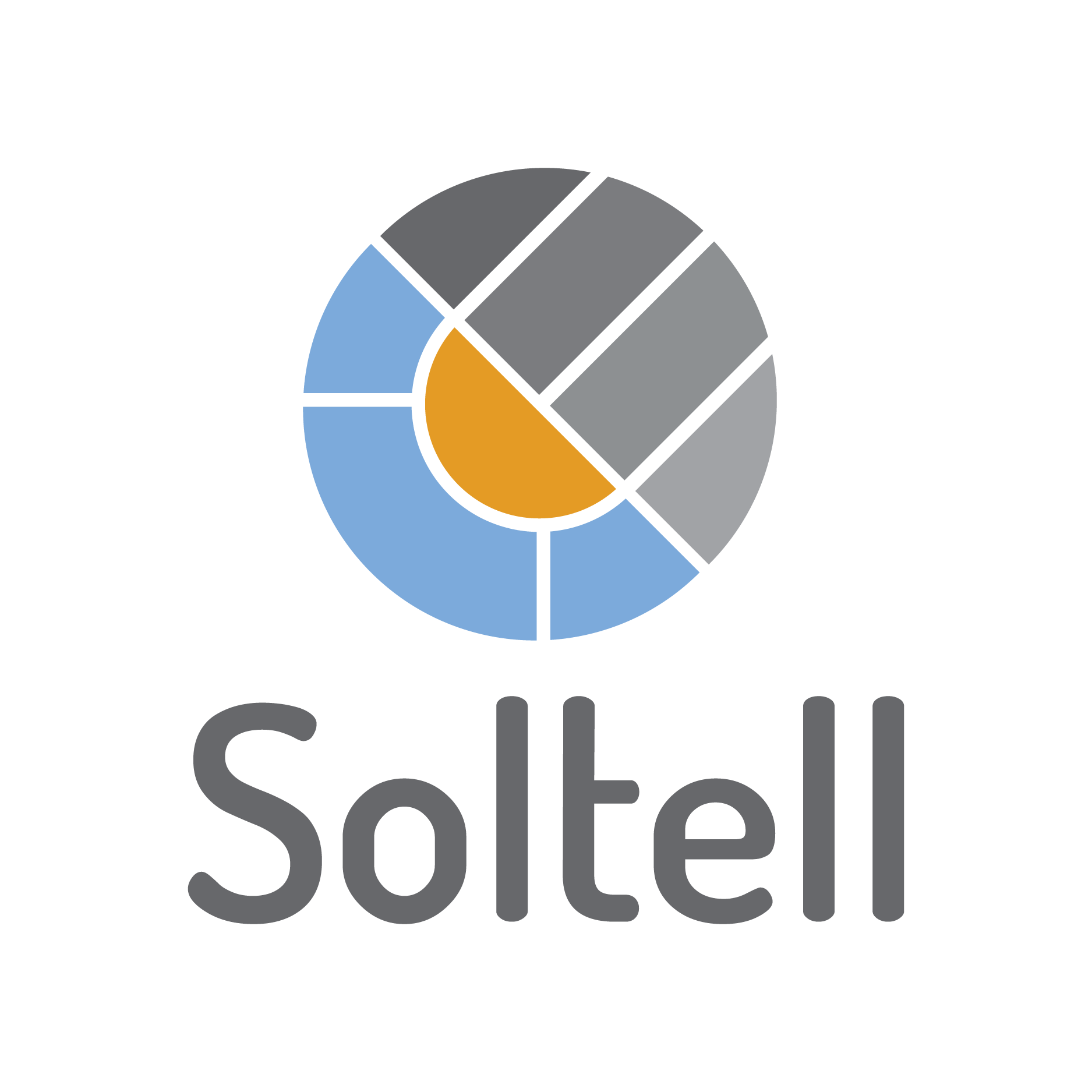Advantages of quantitative analytics over manual for distributed solar systems
- Soltell Admin

- Oct 28, 2021
- 2 min read
Updated: Jan 30
Quantitative analytics is an industry standard for large-scale solar PV facilities of utility and large industrial scale, but in the commercial and residential segments it is rarely utilized due to the high cost of top-tier weather sensors and the need for sensor maintenance and calibration. There are however also alternatives which are better suited for the distributed solar segment - one involving remote satellite sensing and another with algorithmic approach, such as Soltell's Sensorless technology.
The Smart Solar Measurement (SysMap) solution enables quantitative assessment of distributed solar PV performance with Sensorless technology, which is a key technological approach to transform standard manual (qualitative) solar monitoring into predictive (quantitative) solar management. Moreover, the state-of-the-art accuracy level of Sensorless quantitative approach is superior to other techniques on the market applied in the rooftop solar segment.

In this recent example from one of our commercial fleet clients, a 125kW rooftop PV system has experienced a malfunction in one of the string trackers, lowering the overall output of the system by about 10%. Obviously, when knowing something is wrong - one can notice the power curve differences (Fig.1), but as human operators attempt to perform daily manual monitoring upon hundreds of PV facilities such nuances are typically left unnoted.

Let's summarize the outcome of technology application: a commercial 125kW PV system with 10% more solar energy production and 90% less human labor in operations. We shall continue transformimg solar O&M with advanced Industrial IoT powered automation.
Curious to integrate Sensorless technology into your software for accurately measuring PV performance in real-time without add-on weather sensors? Fill-in the demo request form to get more details.




Komentarai